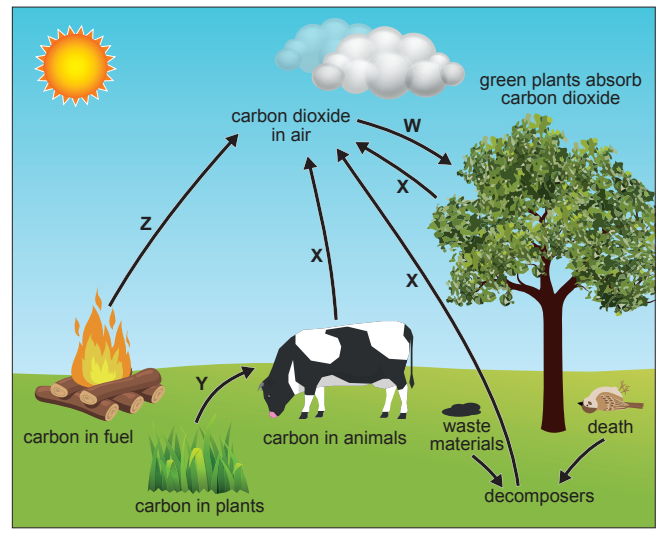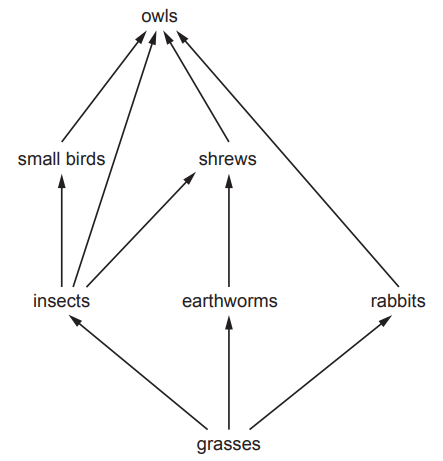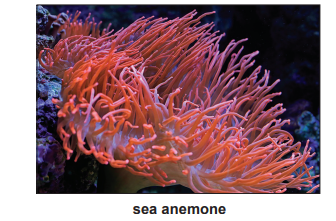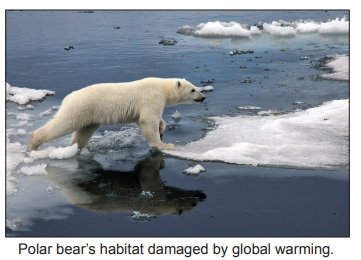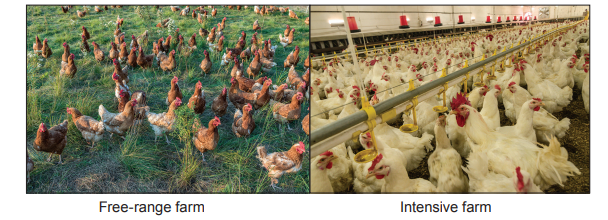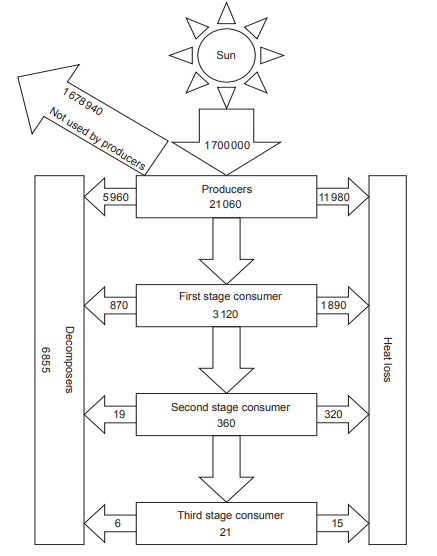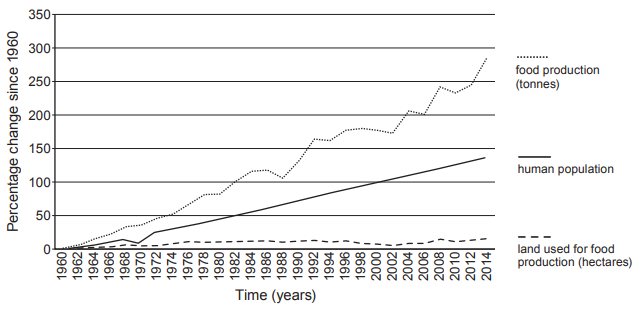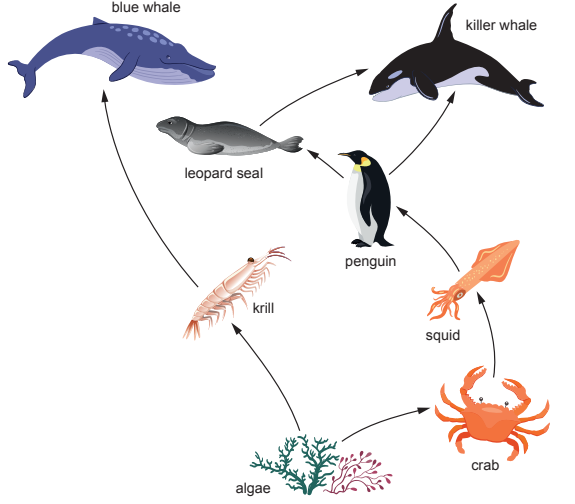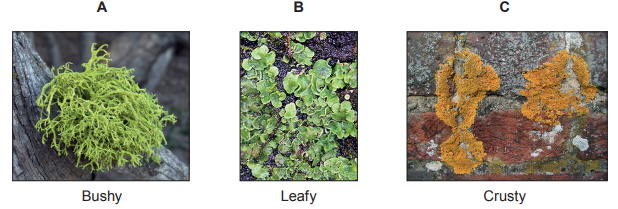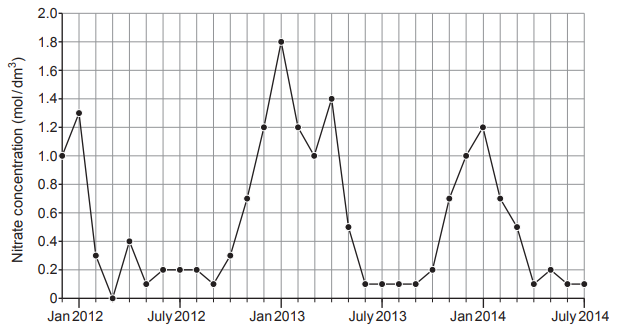Image 4.1 shows the area of Minamata in Japan, which has many fishing villages on the coast.
Image 4.1
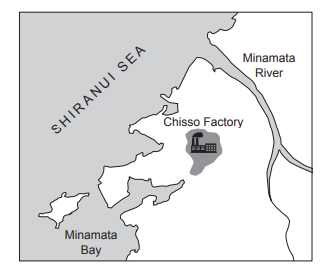
In the mid-1950s, the villagers in Minamata noticed their cats began to lose their balance and some died.
Soon after, the villagers reported having difficulty hearing, seeing and walking. Some of the villagers died following these symptoms.
Fish caught in Minamata bay were a large part of the diet of cats and humans.
Scientists suspected that the fish being eaten had been poisoned.
By 1959, scientists discovered that the illness was caused by high levels of mercury found in the bodies of villagers.
A large factory in Minamata was dumping mercury into the sea.
Mercury is a heavy metal which accumulates in living tissues.
Mercury is taken up by algae in the sea and then passed along the food chain.
(i) Use the information above to complete Table 4.2 by writing True or False next to each statement.
[3]
Table 4.2
Statement | True or False |
|---|---|
The fish that were caught died of mercury poisoning. | |
Symptoms of the illness included difficulty walking. | |
Humans and cats had a similar diet. | |
Cats and humans were dying because of air pollution. |
(ii) Use the information above to explain how mercury entered the food chain in Minamata.
[2]
Image 4.3 shows a food chain and the concentration of mercury found inside the tissues of each organism.
Image 4.3
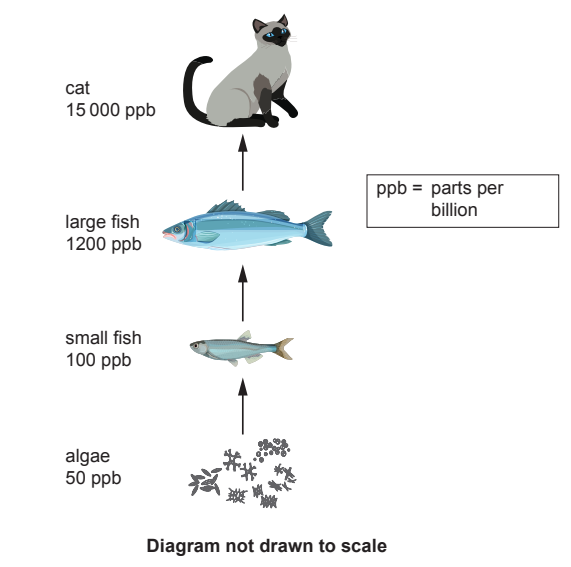
(i) Mercury is twice as concentrated in the small fish than in the algae.
Calculate how many times more concentrated the mercury is in the large fish than in the small fish.
[2]
Answer = …. . . . . . . . . . . . . . . . . . . . .…… times more concentrated
(ii) Explain why the cats were dying from mercury poisoning.
[2]
Did this page help you?
